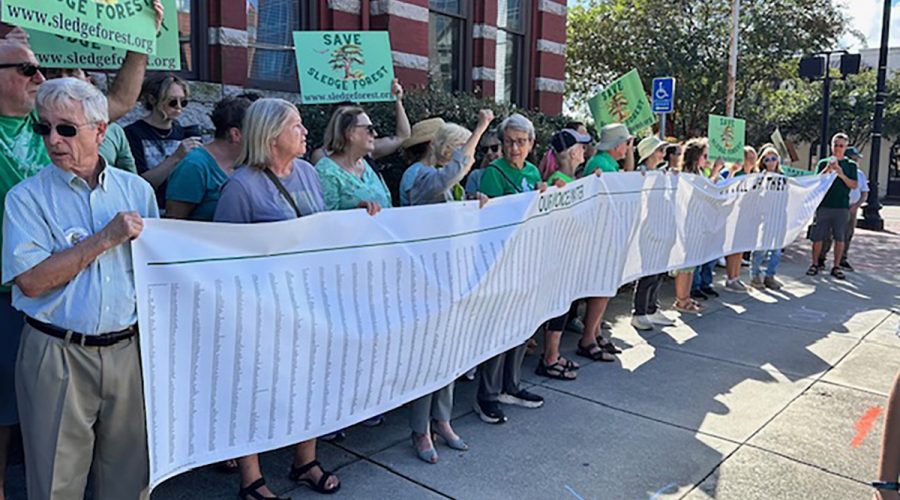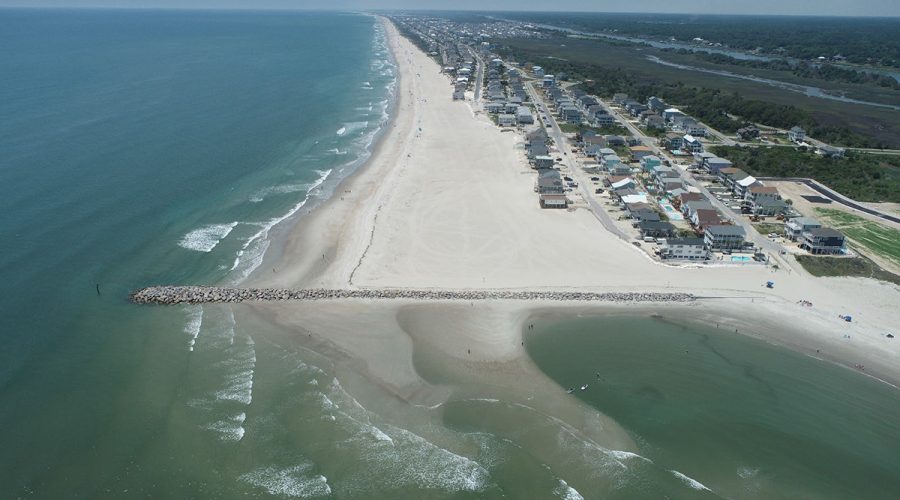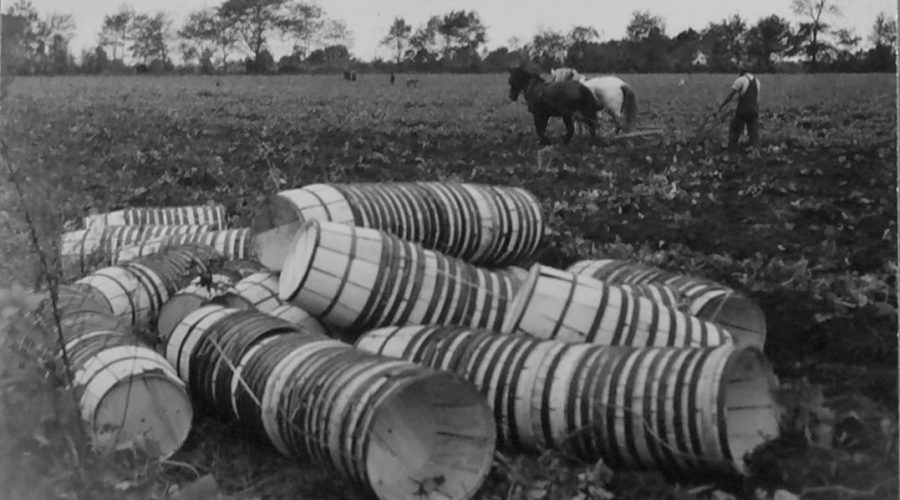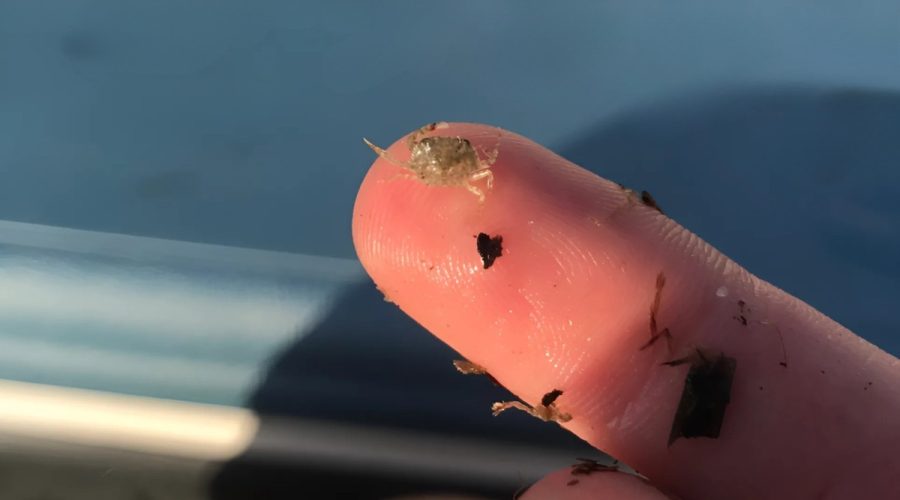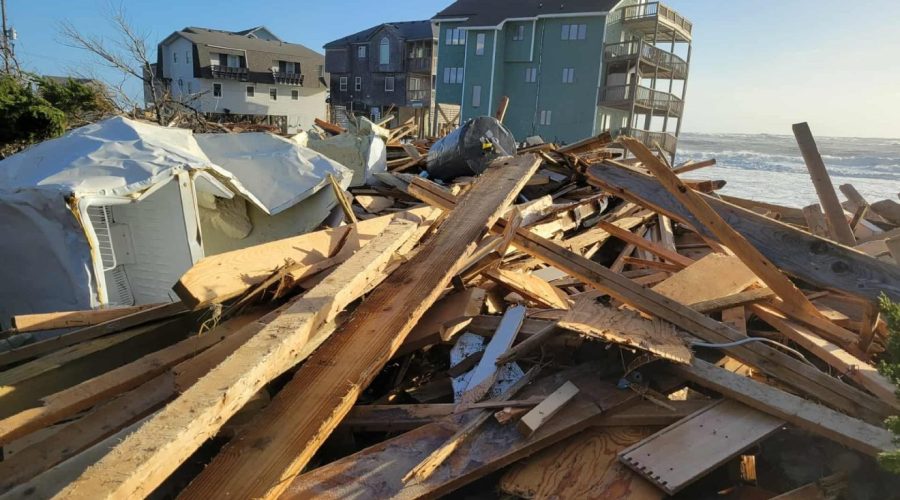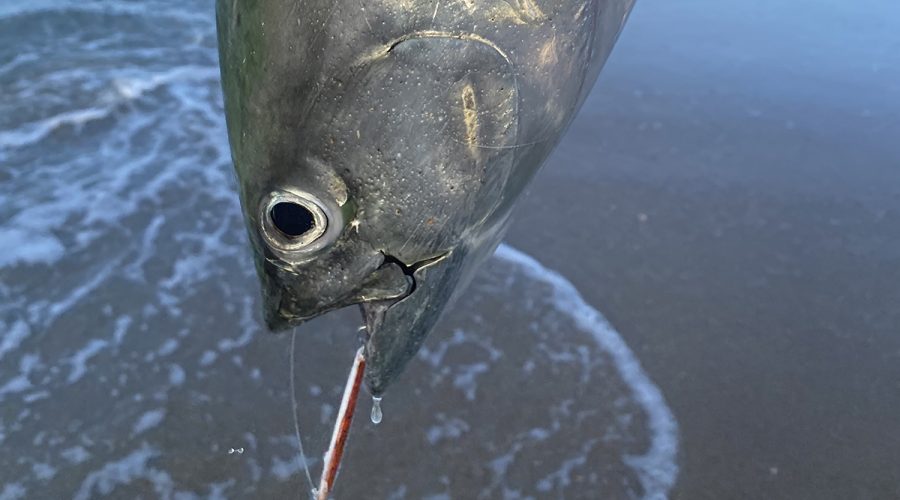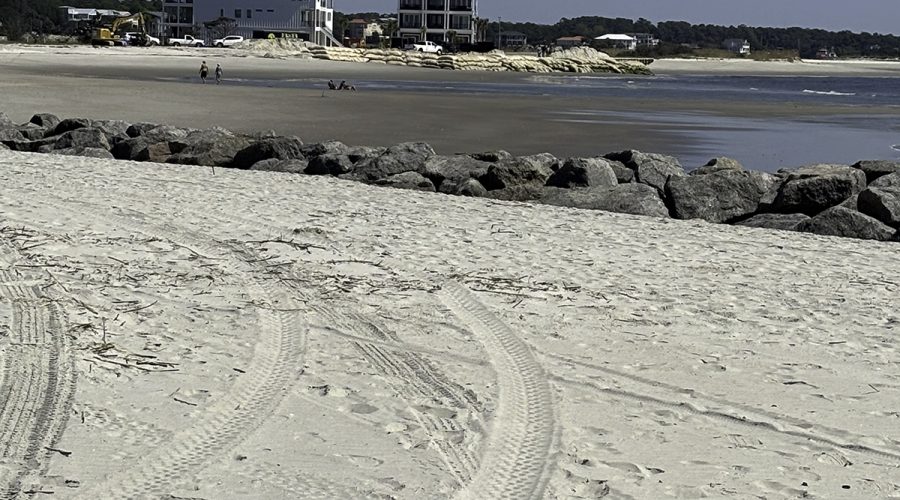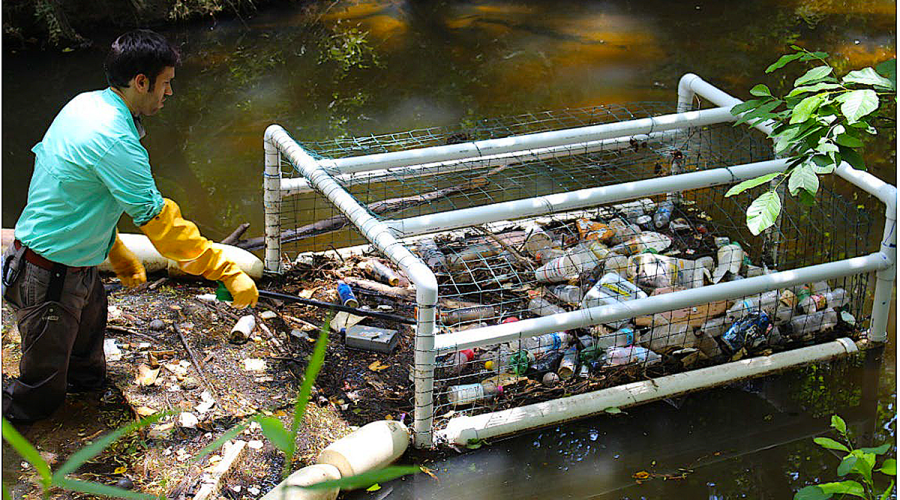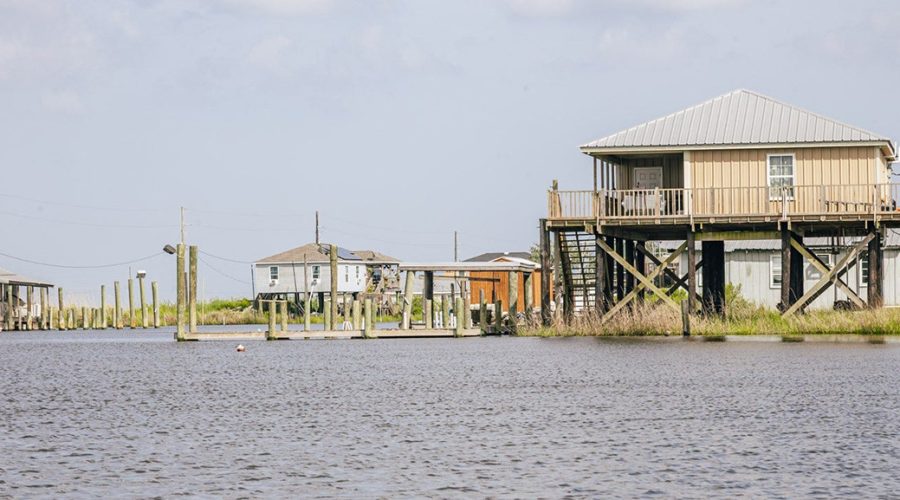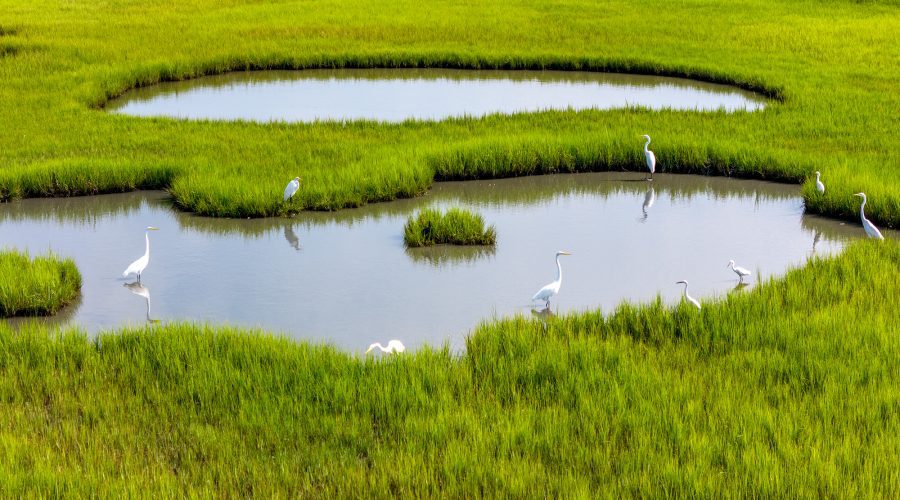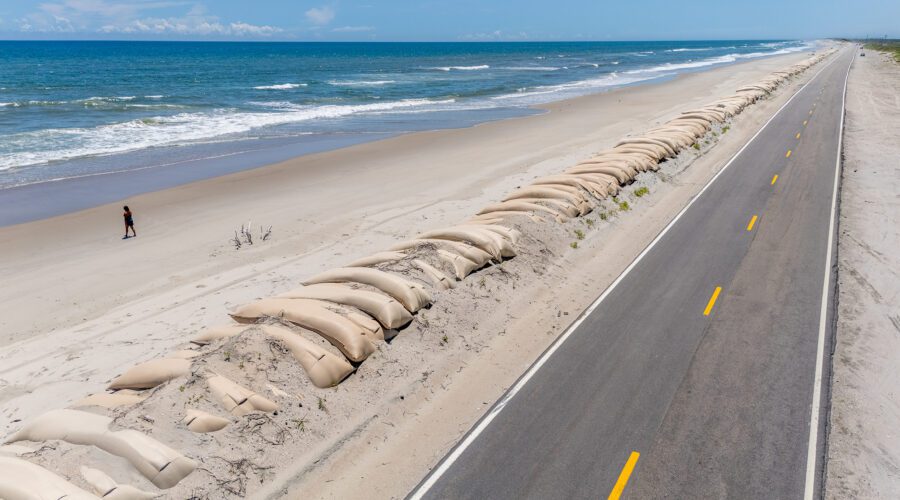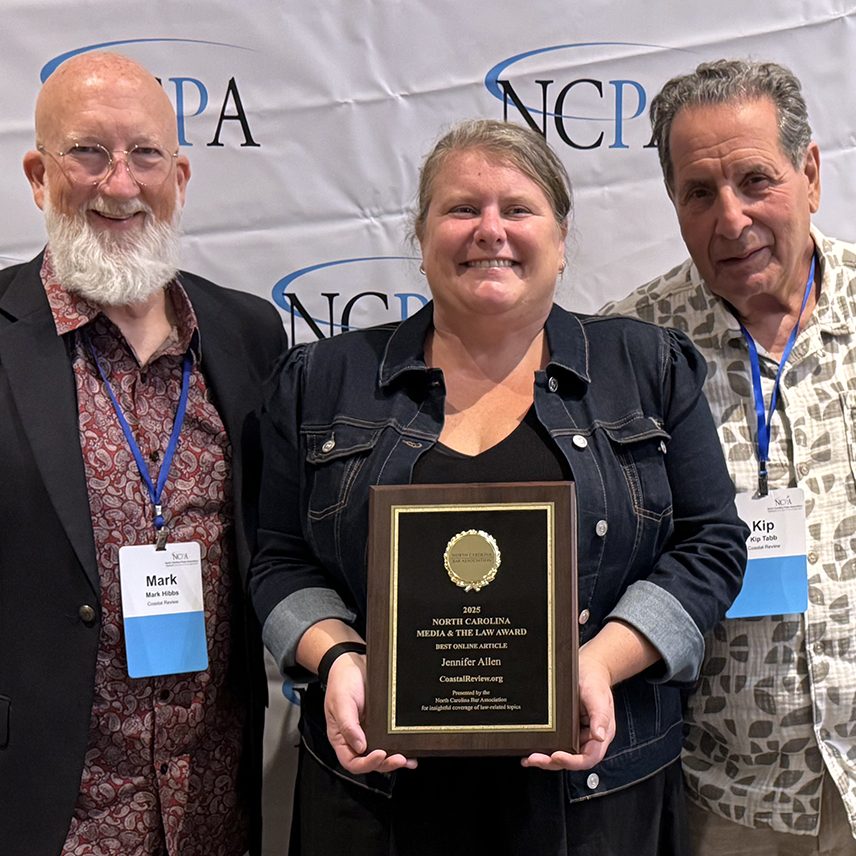Humans’ sense of smell is powerful, and scent-triggered memories, such as the aromas of fall foods, can take us back to our childhoods or to any special memories with just one whiff.
Featured
Builder vows fight to develop land that includes Sledge Forest
Copper Builders founder Wade Miller says misconceptions are fueling opposition to his proposed Hilton Bluffs development on a portion of 4,000 acres including a nationally threatened forest; opponents say entire tract should be conserved.
Opinion: Ocean Isle’s terminal groin process fully transparent
Readers are not provided full context and are left with an incomplete understanding of the facts regarding the lengthy, transparent public process behind the town’s terminal groin project, writes Ocean Isle Beach Mayor Debbie Smith.
Our Coast: In my great-uncle’s sweet potato fields, 1942
This installment of historian David Cecelski’s photo-essay series, “Working Lives: Photographs from Eastern North Carolina, 1937 to 1947,” is more personal than usual for the author. They were taken at his great-uncle George Ball and his brother Raymond Ball’s potato farm in Harlowe.
Blue crab populations decline after juvenile stage: Study
The blue crab population in the Albemarle-Pamlico Estuarine System is disappearing sometime between when juveniles leave their nursery habitats and before reaching sexual maturity, a recent study finds.
‘Messy situation’: Buxton beach closed after 8th house falls
The first home fell two weeks ago, but the spate of collapses this week has turned this Cape Hatteras National Seashore beach and the crashing surf into a hazardous, dynamic debris field.
Lovin’ Spoonsful: Spoon lures may be an underused asset
There are lots of ways to fish spoon lures, and they are popular worldwide, but around here, they seem to be underutilized.
Steel manufacturer to announce big Hertford County project
Currituck County Republican Sen. Bobby Hanig says the forthcoming announcement of a new company’s nearly $1 billion investment in Hertford County will be “transformational” for the area.
Sand is vanishing on east side of Ocean Isle’s $11M erosion fix
Environmental advocates and federal documents warned of it, but now that erosion has accelerated east of the town’s terminal groin and in front of newly built multimillion-dollar houses, property owners and developers want answers and solutions, quickly.
Vast majority of litter removed from streams is plastic: Study
A three-year study recently published in the journal Community Science finds that about 96% of litter North Carolina waterkeeper organizations and their volunteers removed from trash traps were plastics.
Biologists heartened by red wolf program’s recent successes
While still far from recovered, more endangered eastern red wolves in northeastern North Carolina are breeding, more pups are surviving, coyote hybridization has been cut, and there are fewer mortalities from vehicle strikes and gunshots.
Residents at leading edge of climate crisis see no way to leave
People in southern Louisiana have seen their land disappear at an alarming rate, but for them, like many who live in low-lying areas along the North Carolina coast, “home is more than the building you live in,” and retreat isn’t an option.
Seafood coalition proposes moving Fisheries to Agriculture
The new North Carolina Coastal Counties Fisheries Coalition’s held its second meeting last week, during which it laid out priorities that include transferring the Division of Marine Fisheries from the Department of Environmental Quality to the Department of Agriculture and Consumer Services.
Coastal habitats are North Carolina’s hidden climate engines
North Carolina’s abundant coastal wetland ecosystems are highly effective carbon storehouses, serving to slow climate change’s pace while also providing vital fish nurseries, wildlife havens and storm buffers.
Coastal Federation lauds environmental stewards, volunteers
The North Carolina Coastal Federation celebrated 15 coastal stewards Saturday during the annual Pelican Awards ceremony for sharing “their time and talents, through leadership, education, hands-on projects, and volunteer efforts, to inspire others and create lasting change.”
Study presents modeled views of Ocracoke highway’s future
Researchers met recently with Ocracoke Islanders and presented findings from a multiyear, University of North Carolina-led study that looked at various ways to try and save N.C. Highway 12 from natural forces.


